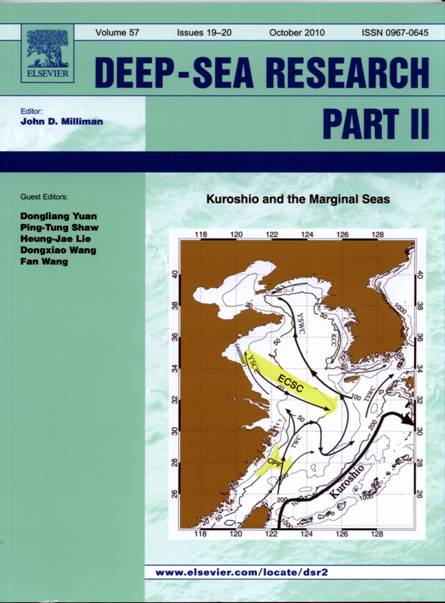
Figure 1, Cover page of the special issue “Kuroshio and the Marginal Seas” in the October 2010 issue of the Deep Sea Research II Journal.
Lately, scientists in the CAS Key Laboratory of Ocean Circulation and Waves at the Institute of Oceanology of the Chinese Academy of Sciences (IOCAS) in Qingdao have achieved significant advancement on the study of the water exchange between the Kuroshio and the marginal seas of northern China.
In their recent paper titled “Dynamics of the cross-shelf circulation in the Yellow and East China Seas in winter” published in the special issue of “Kuroshio and the Marginal Seas” in Deep Sea Research II of the Elsevier publisher, oceanographer Dongliang Yuan of IOCAS and Professor Ya Hsueh of the Florida State University of the United States have successfully identified the pathways and established the dynamical framework of the basin-scale cross-shelf water exchange between the open ocean and the shallow shelf, ushering a new frontier of research in the regional ocean circulation study in the future. Their study has been introduced by the October 2010 issue of the Deep Sea Research II journal in the front page (Figure 1).
The special issue of “Kuroshio and the Marginal Seas” is edited jointly by a editor panel led by IOCAS scientist Dongliang Yuan and Fan Wang, and joined by world renowned oceanography scientists: Professor Ping-Tung Shaw of the North Carolina State University, Dr. Heung-Jae Lie of the Korean Ocean Research and Development Institute, and Dr. Dongxiao Wang of the South China Sea Institute of Oceanology of the Chinese Academy of Sciences. The journal of Deep Sea Research II is ranked as the JCR top 15% journals of the ocean related scientific journals.
The marginal seas of the South China Sea, the East China Sea, the Yellow Sea, and the Japan Sea (aka the East Sea) are areas of critical economic and societal importance for a large population of the world. The ocean circulation in these seas is forced by the strongest monsoon system of the world—the east Asian monsoon - and under the influence of one of the strongest currents of the world ocean—the Kuroshio, which is the western boundary current of the north Pacific subtropical gyre. The areas also contain one of the widest shelves of the world ocean and receive discharge from one of the largest rivers of the world—the Changjiang (aka the Yangtse River) and sediment transport from one of the most turbid rivers of the globe—the Huanghe (aka the Yellow River). The water exchange between the Kuroshio and the marginal seas is of great importance to regional environment and to global heat and freshwater cycles.
For a long time, scientists have been perplexed by the exact paths and dynamics of the basin-scale exchange. Built on the long history of the IOCAS oceanographic research in these marginal seas and utilizing the modern satellite remote sensing data combined with large-scale numerical modeling and dynamical analyses, Yuan and his colleagues have successfully resolved the paths and dynamics of the cross-shelf exchange. Their study pointed to two major pathways of water leaving the Chinese coasts for the Kuroshio in the open ocean, i.e. the cross-shelf East China Sea Current originating from the Subei coast and reaching the Okinawa Trough in winter and the ensemble transport of the cross-shelf penetrating fronts off the Chinese Min-Zhe coasts. In the past, the waters near the coasts of China are thought to stay in the shallow seas for a long time, due to the strong constraint of topographic steering. The new results suggest significant offshore transport of the nearshore effluence and sediments, which are of great importance to the regional environmental protection, marginal sea ecosystem dynamics, and carbon sequestration and transport over the shelf, etc.

